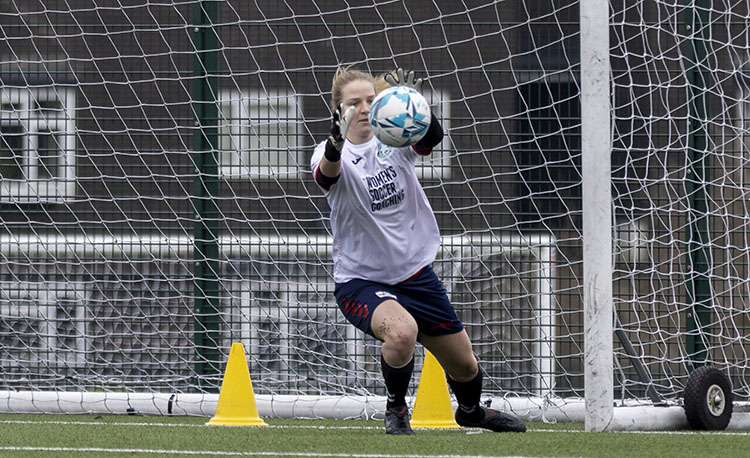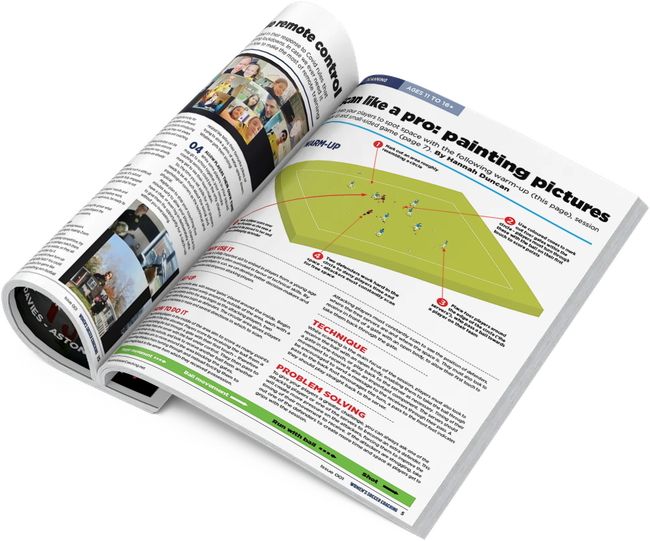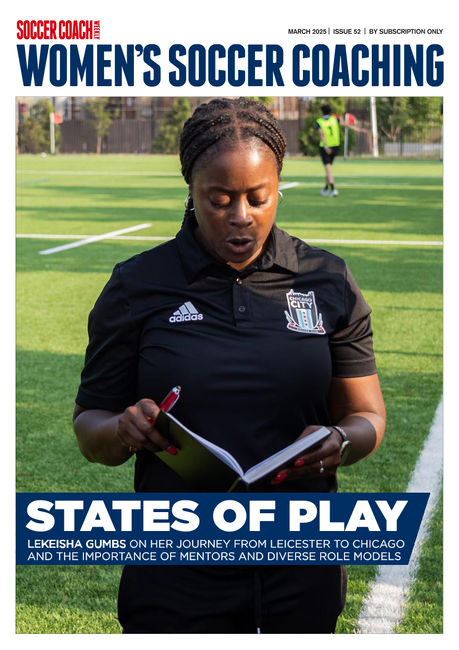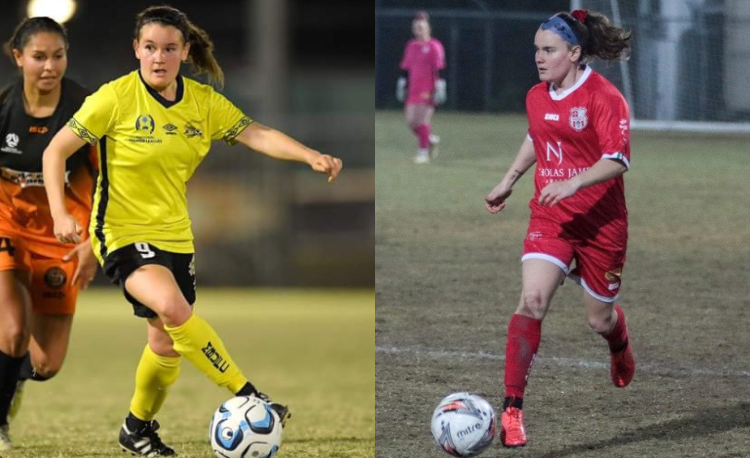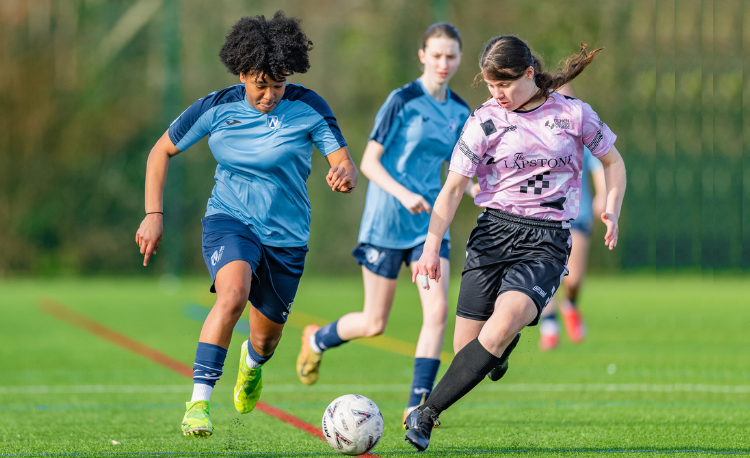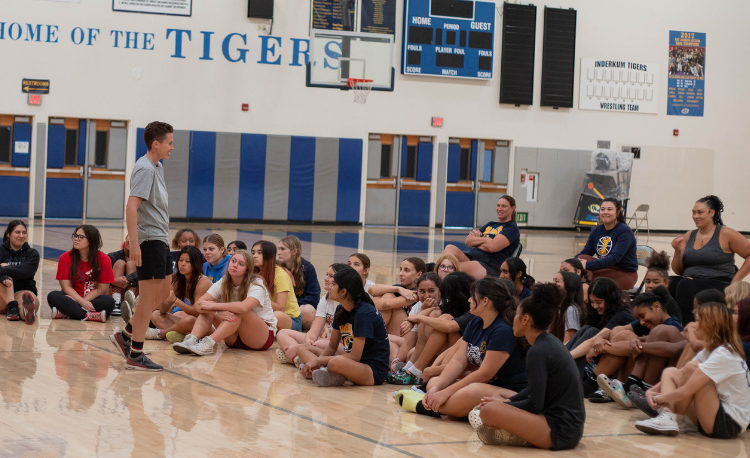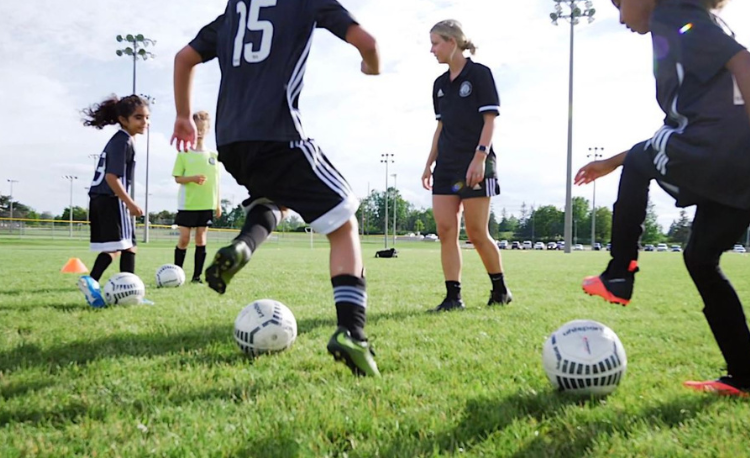You are viewing
2 of your 3 free articles
7 tips for preparing your goalkeepers on matchday
United Soccer Coaches’ director of goalkeeping Lisa Cole on matchday warm-ups
When preparing your goalkeeper for a match, first consider the environment they are playing in.
Think about the space they are warming-up in - how much time do they have there and will the rest of the team be using it? Who will help with the goalkeeper warm-up?
Having multiple plans is usually the best option in the youth game. Colleges, top academies and professional teams will have set plans because the environment and people involved remain the same, especially for home matches.
But for high schools and grassroots clubs, it is important to keep these things in mind...
01 HAVE A PLAN - AND A BACK-UP PLAN
PLAN 1: Prepare your goalkeepers to warm up on their own if need be. It allows them to control their preparation and gives them responsibility for it and their performance.
PLAN 2: If you or a dedicated coach does the warm-up, have a plan with the goalkeepers, so the routine is the same each game.
02 KNOW YOUR GOALKEEPERS
Players are all unique and will show up to the game in different frames of mind. They will have different personalities. Do they need a joke to take the edge off their nervousness? Do they need help focusing? What is going to help them be at their best?
03 LEADERSHIP AND PHYSICAL PREPARATION
The goalkeeper’s physical warm-up can be done with the team. You may put the goalkeeper(s) in a leadership position to help them set the tone for leading in the game. But if done with just the goalkeeper, include goalkeeper specific footwork and some handling. Make sure the dynamic stretching includes arm movements.
04 REPETITION OF TECHNIQUE
Goalkeepers at all levels enjoy getting in a couple of reps of basic handling and also need some passing and receiving. It doesn’t need to be for a long time - just a few technical reps to build confidence and focus the mind. It should include little movements, getting set and communication when receiving back passes or coming for crosses.
05 DISTRIBUTION, ANGLE PLAY AND FOOTWORK
If possible, get goalkeepers working in the space they will play in. This allows them to get a feel for the surface and any sun or floodlights. Movements should be short and sharp - include the footwork they will use in the game to move along the goal. Get them at different angles and always have them distributing the ball after a catch or save. This is when you warm up their arms to throw. Rebounds, if they happen, are live. Goalkeepers need to start to react as they would in the game.
06 TEAM SHOOTING
If this is set up to be game-like and has the ball moving and coming from different angles, it can be valuable for the starting goalkeeper to step in and take some reps - but not too many. Let them make a couple of good saves and then have the back-up in goal. If the set-up is not ‘keeper-friendly, just skip it.
07 KICKING
Finally, make sure goalkeepers have taken some goal kicks and hit some drop kicks. They don’t need a lot - just two or three good reps of each. If a substitute goalkeeper is going to go on at half-time, the same routine should happen during the break for them.
Warm-ups are important because they prepare the body for activity and focus the mind for performance. It is not a time to do a lot of coaching or give a lot of information.
The most important thing is to build confidence. Throughout the whole warm-up, the players should have lots of success with simple, short and sharp repetitions of what they will see in the game.
Related Files
Newsletter Sign Up
Newsletter Sign Up
Discover the simple way to become a more effective, more successful soccer coach
In a recent survey 89% of subscribers said Women's Soccer Coaching makes them more confident, 91% said Women's Soccer Coaching makes them a more effective coach and 93% said Women's Soccer Coaching makes them more inspired.
*includes 3 coaching manuals
Get Inspired
All the latest techniques and approaches
Women's Soccer Coaching offers proven and easy to use soccer drills, coaching sessions, practice plans, small-sided games, warm-ups, training tips and advice.
We've been at the cutting edge of soccer coaching since we launched Soccer Coach Weekly in 2007, creating resources for the grassroots youth coach, following best practice from around the world and insights from the professional game.
